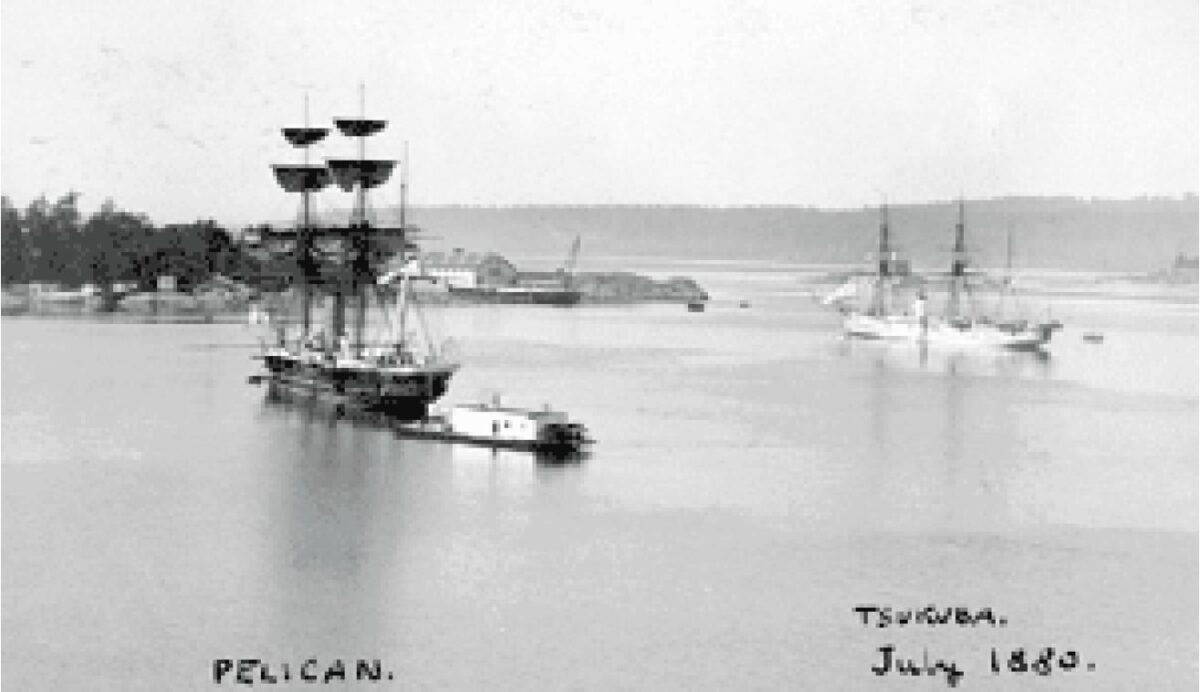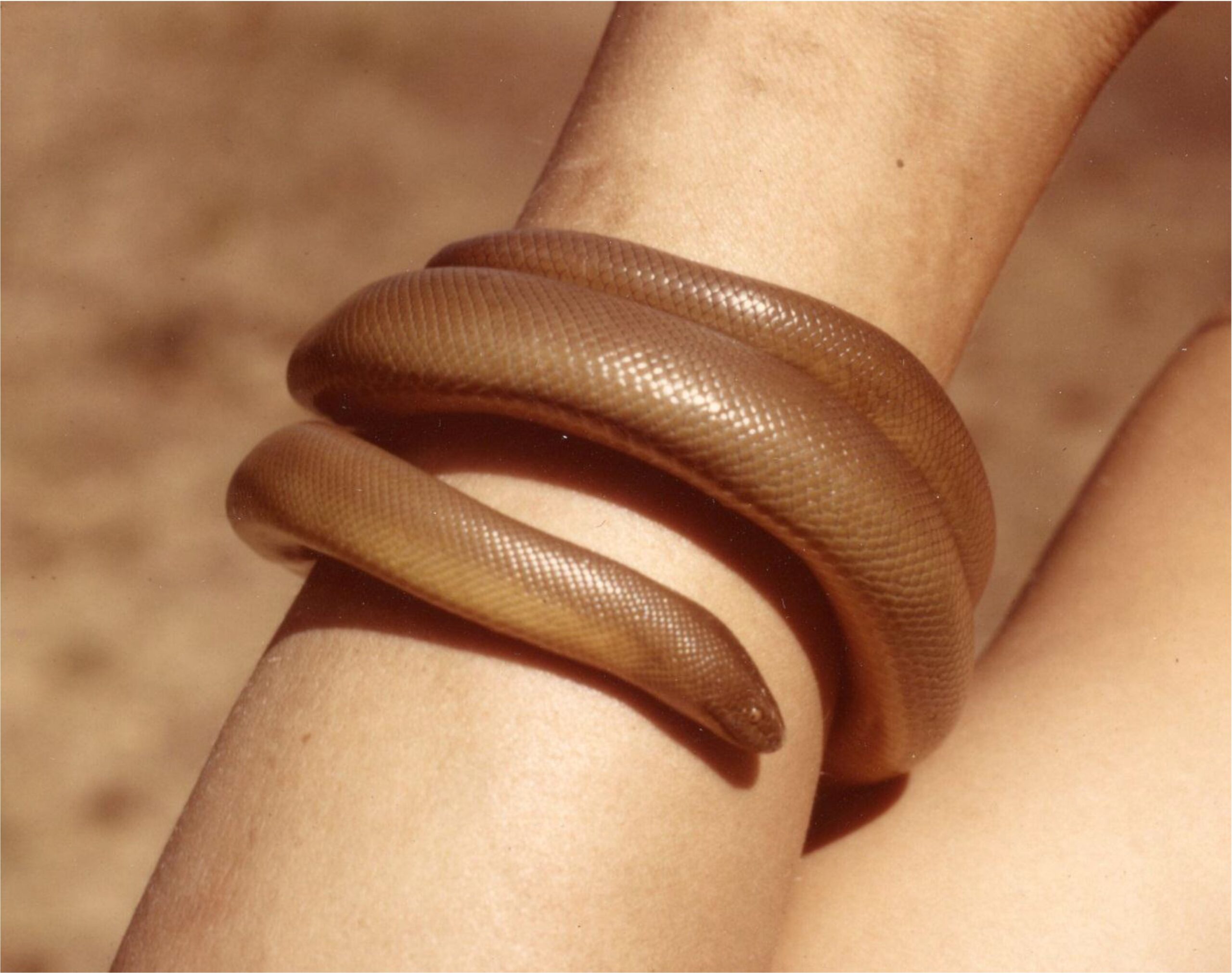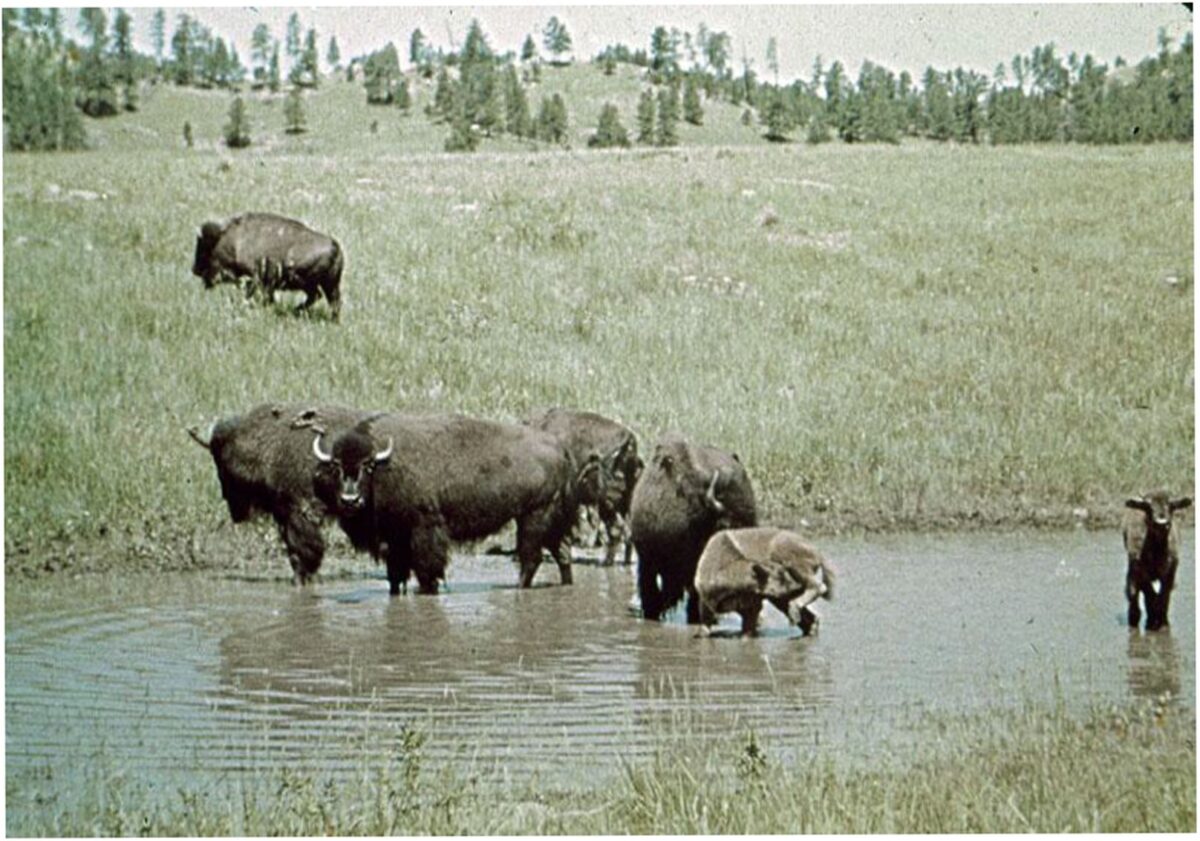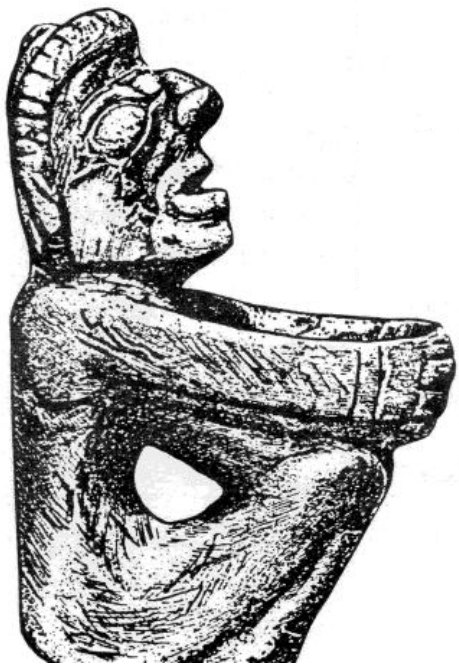
By Grant Keddie. August 2013. Introduction A little known history of 19th century British Columbia was the creation of an early commercial fishing industry by Chinese immigrant fishermen. In 1861, Chinese fishermen began using fine meshed nets to catch large quantities of herring, flounder, anchovy and trout in Victoria’s inner waterway. These fish were salted and dried for shipment to Barkerville and other mining areas of the Interior, where they retailed at 40 to 50 cents per pound. The salting and drying took place in Victoria’s upper harbour at the north end of Store Street on the banks of Rock Bay. On April 11, of 1861 the Colonist newspaper reports: “These fish are esteemed a great luxury by the Chinese … Continue reading “Victoria’s Chinese Immigrant Fishermen”















